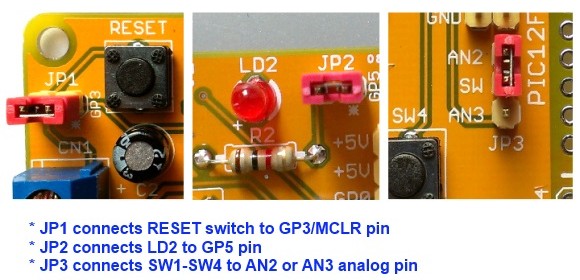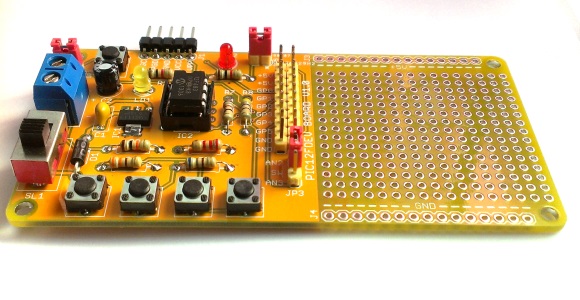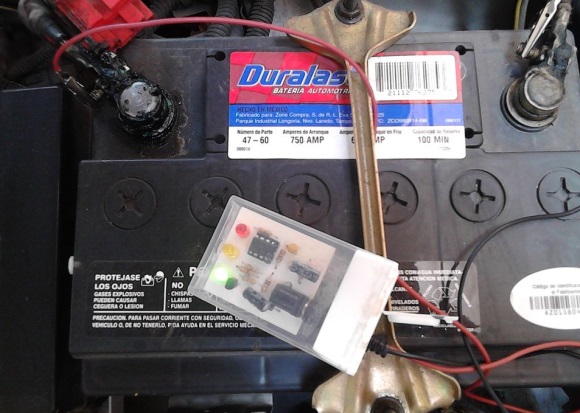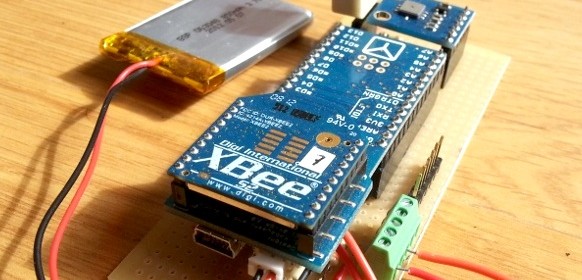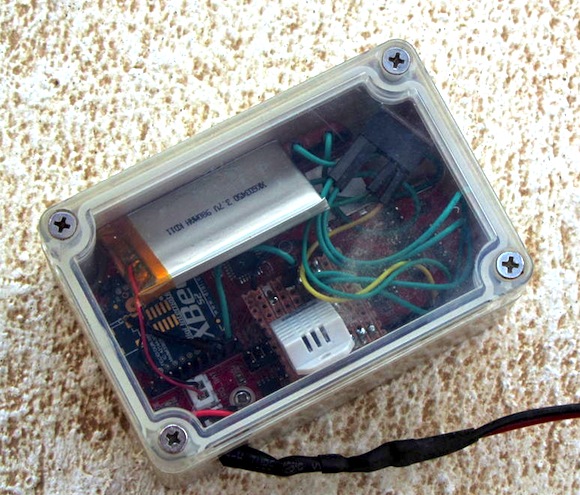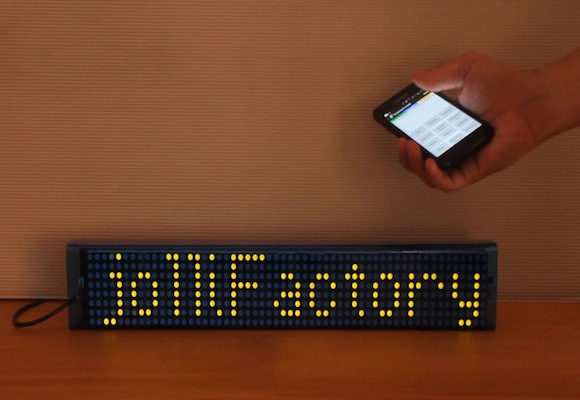Web-controlled AC outlets
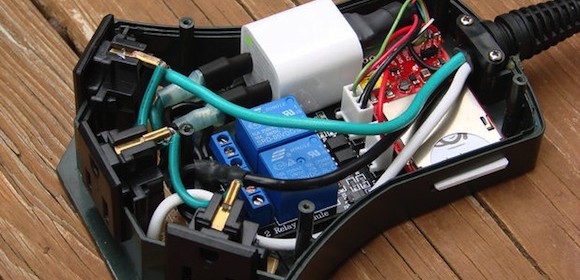
This Instructable describes the hardware hacking of Stainley’s remote controlled power outlet and modifying it to make it controllable through web or smartphone using Electric Imp. The Electric Imp is a WiFi enabled development platform powered by a Cortex-M3 processor core enclosed inside a tiny package that looks like a SD card.
The Electric Imp is the core of the system operation. When the button on the Web App is activated, an AJAX HTTP Request is made to a URL specific to your Imp. This request is sent to the Imp Agent in the Electric Imp cloud that is specifically associated with your Electric Imp. The Agent code is a mini Web Server that parses the request and if valid, passes it on to your Imp firmware via the cloud. This behind the scenes communication between the server based Agent and the hardware based firmware was developed by the talented people over at Electric Imp. Read More

